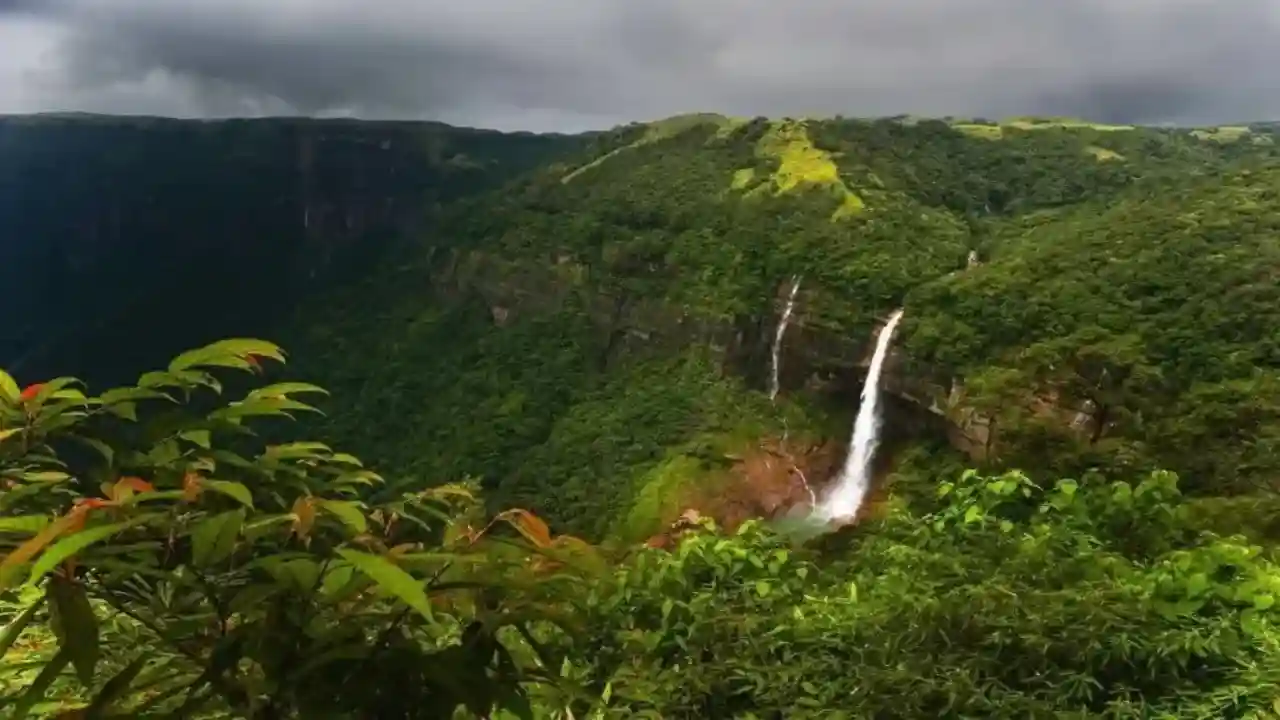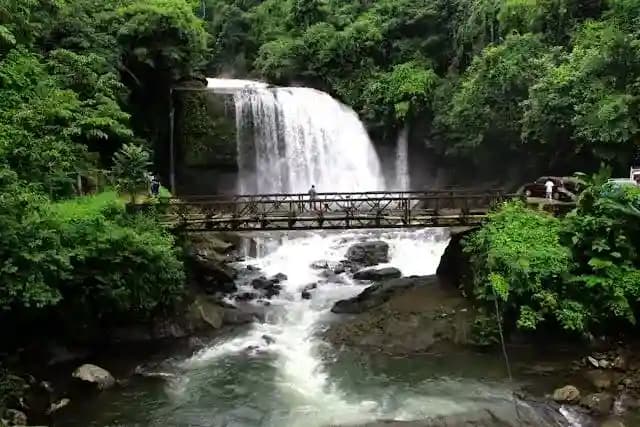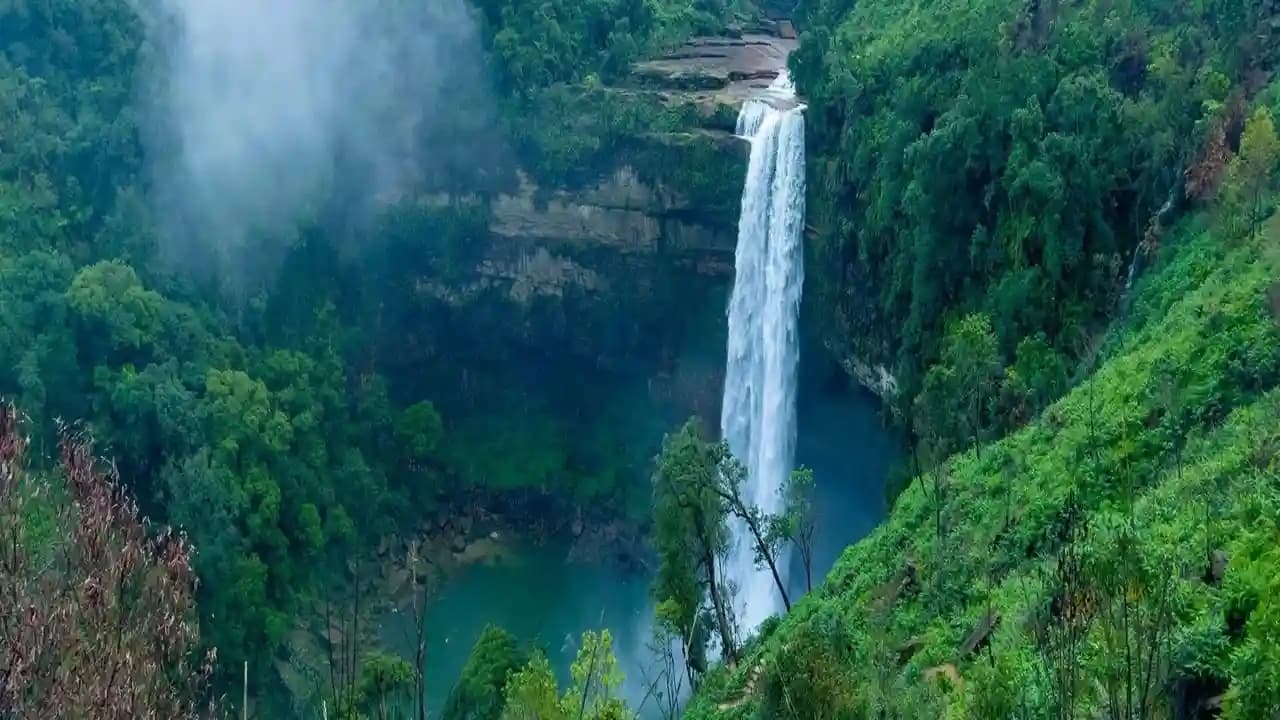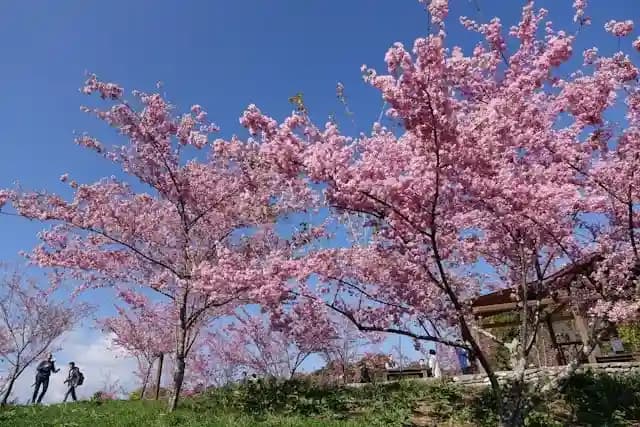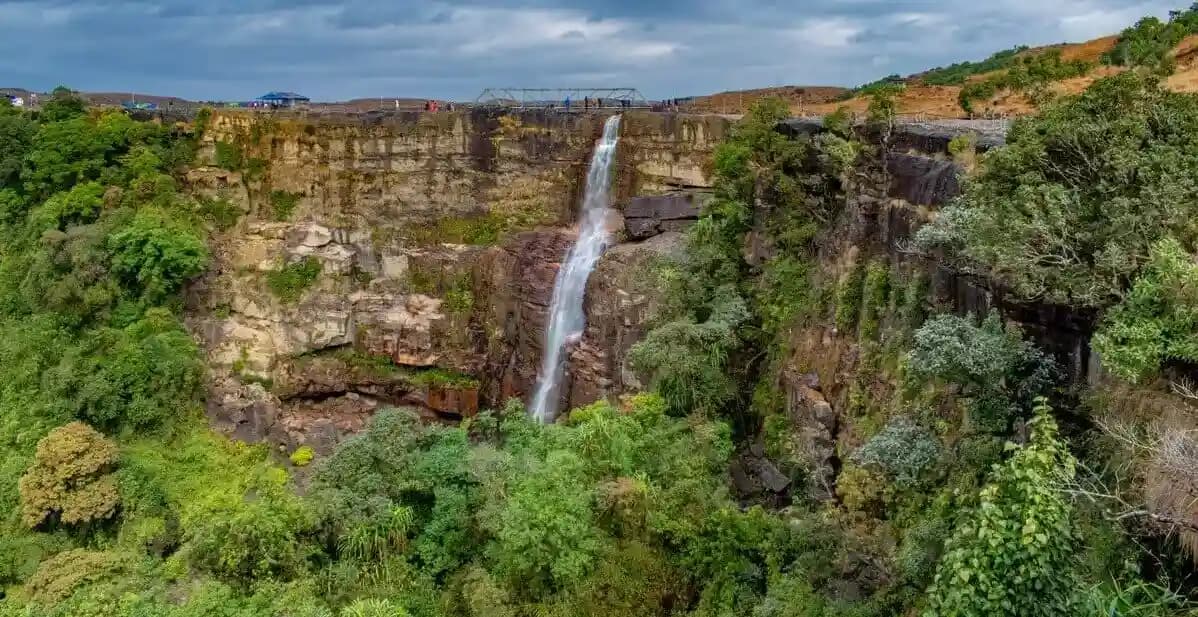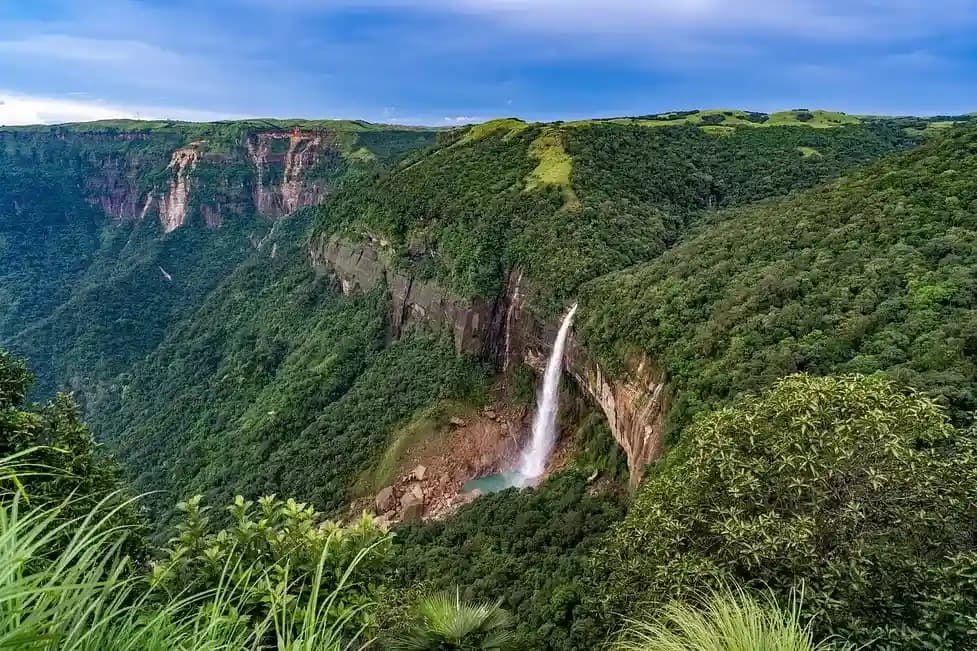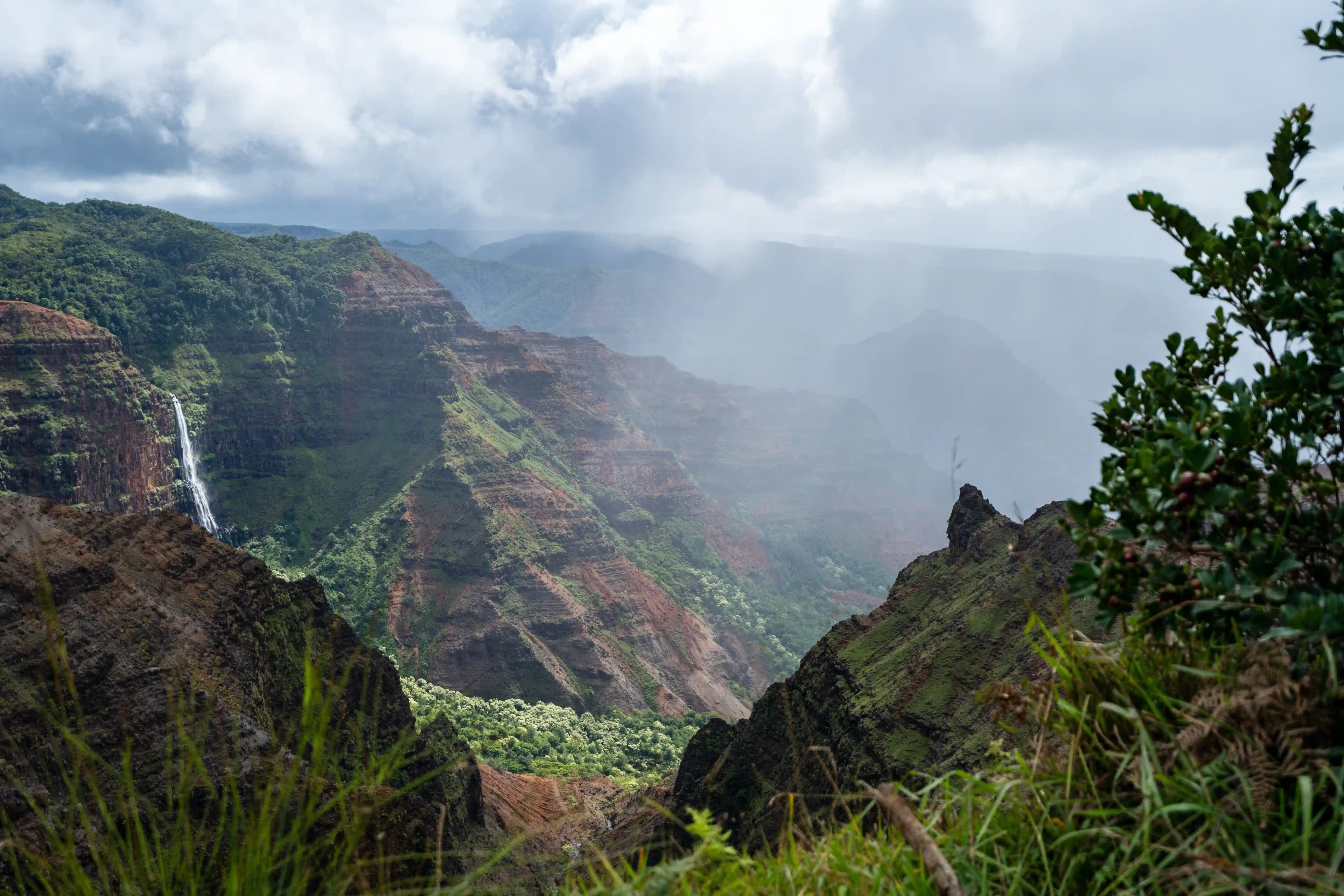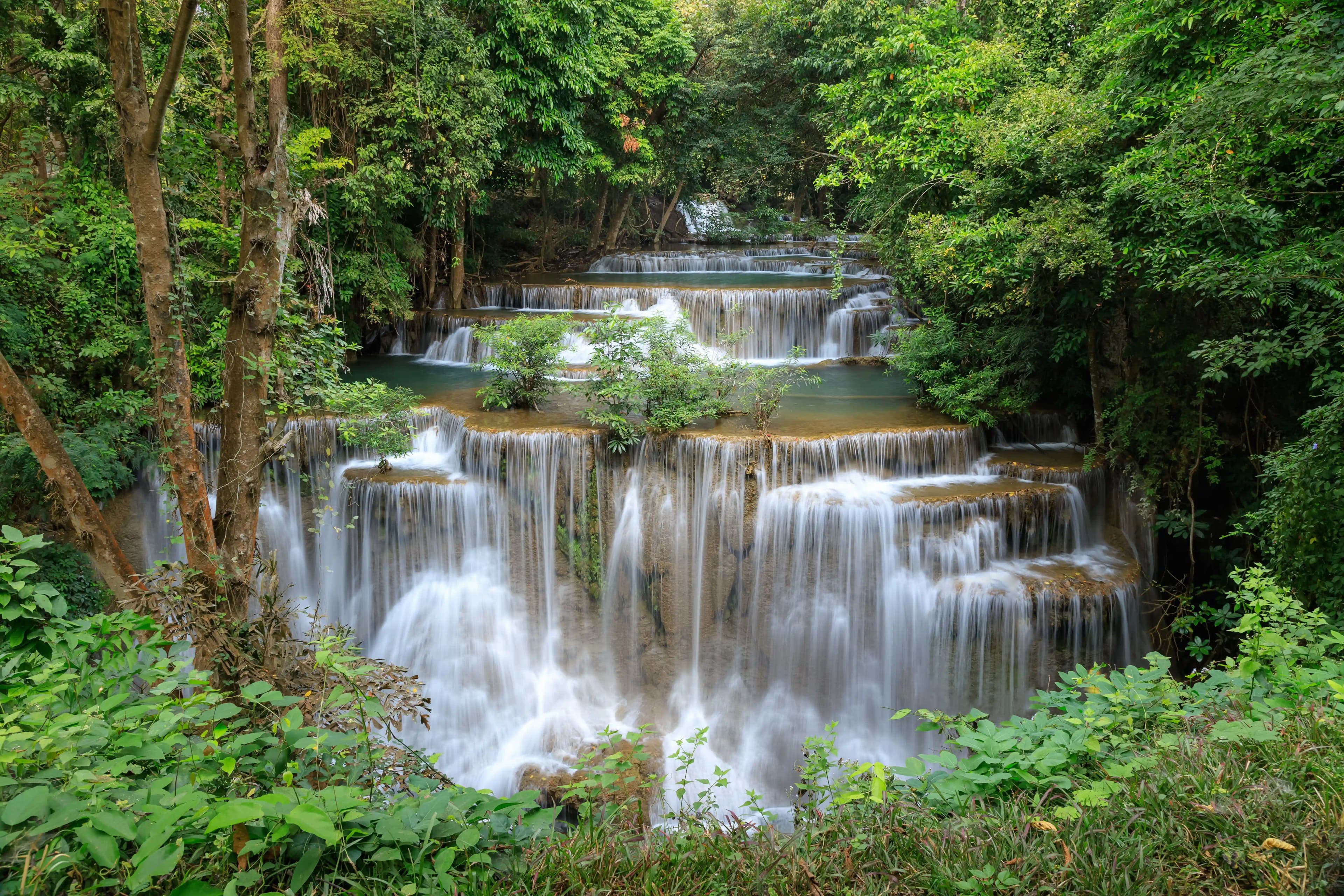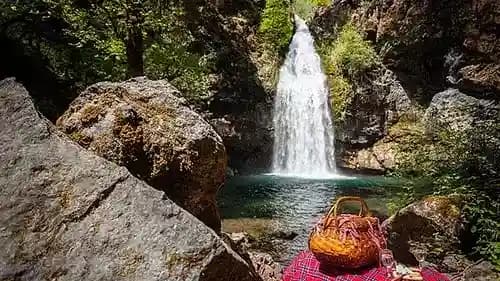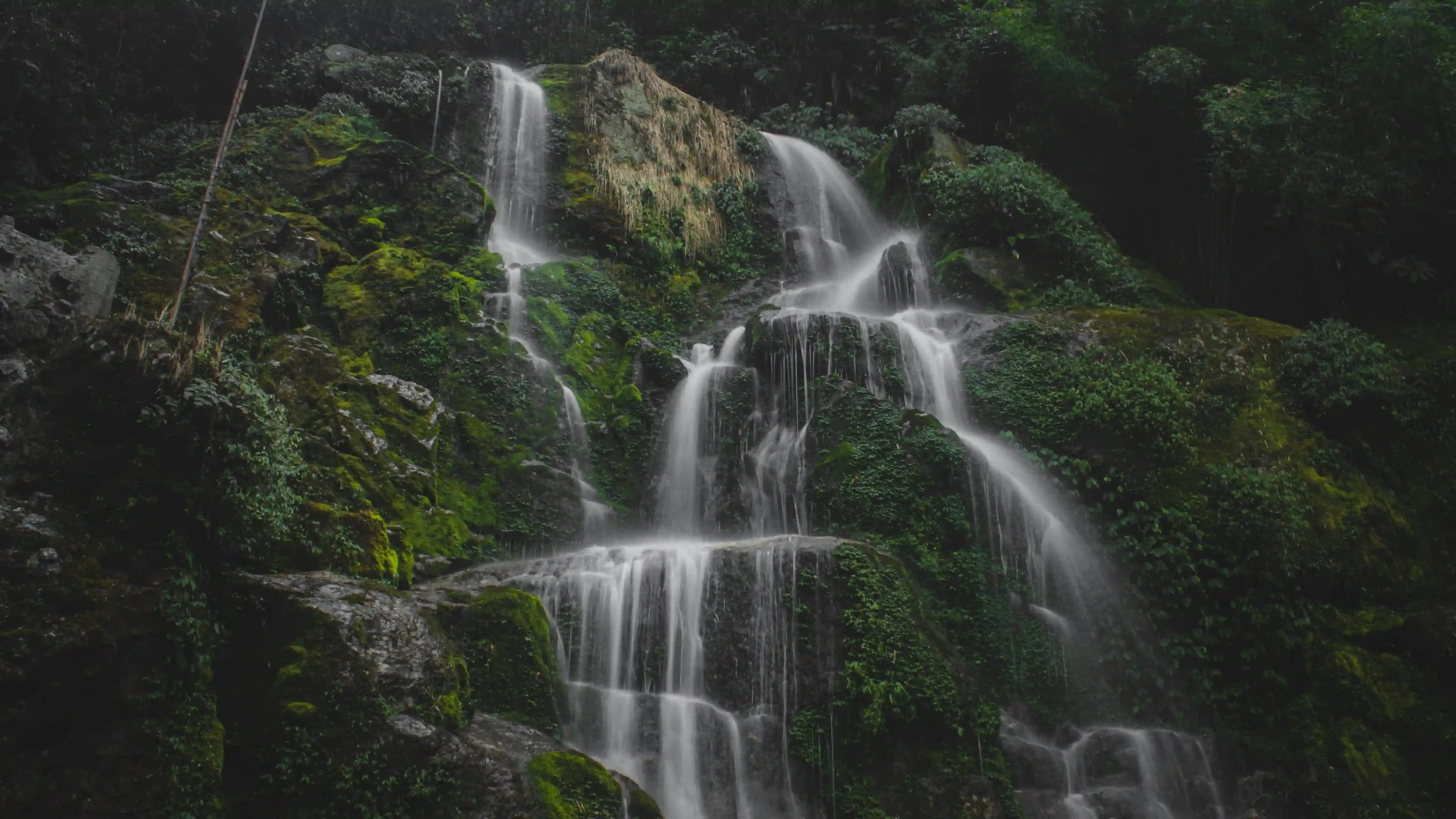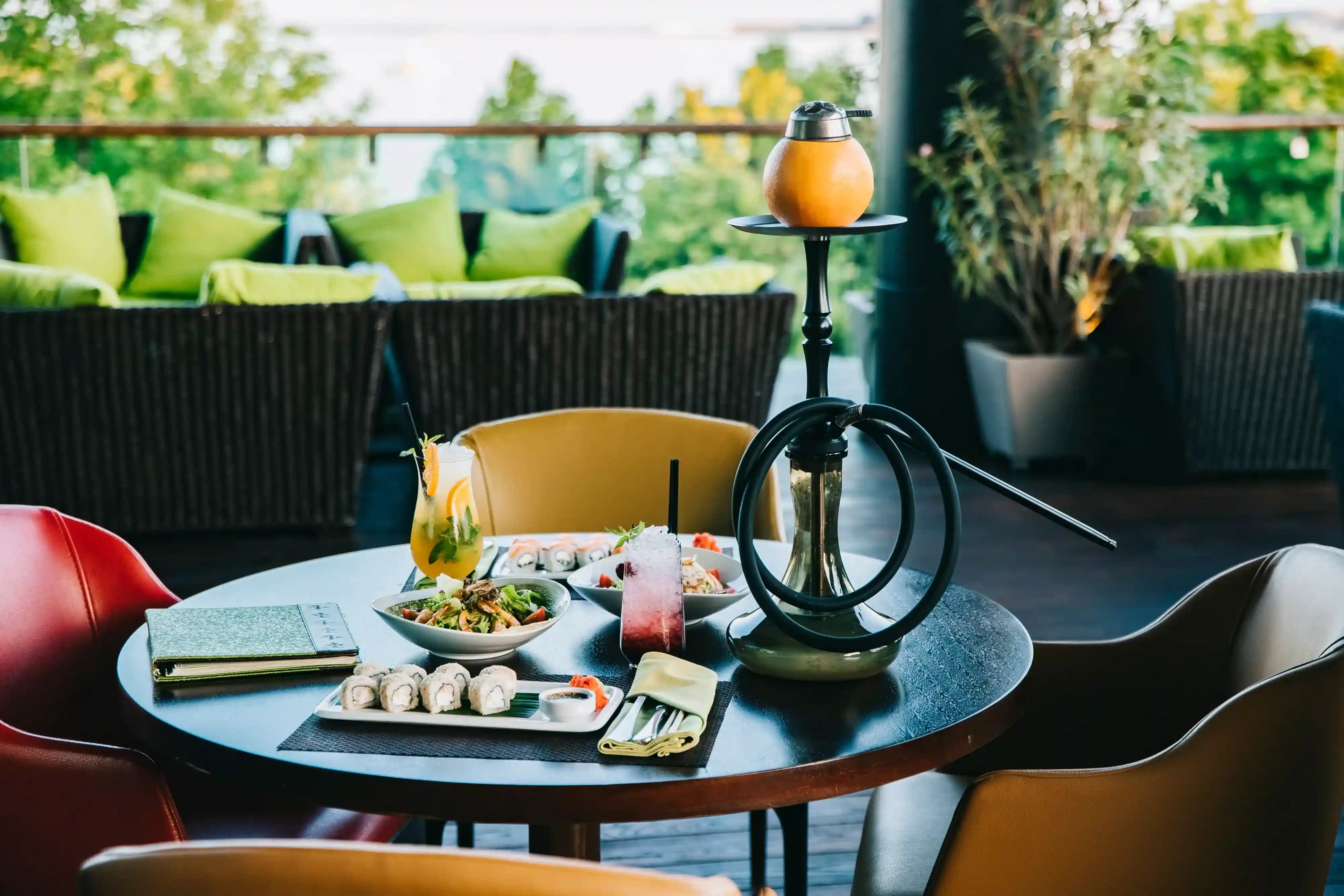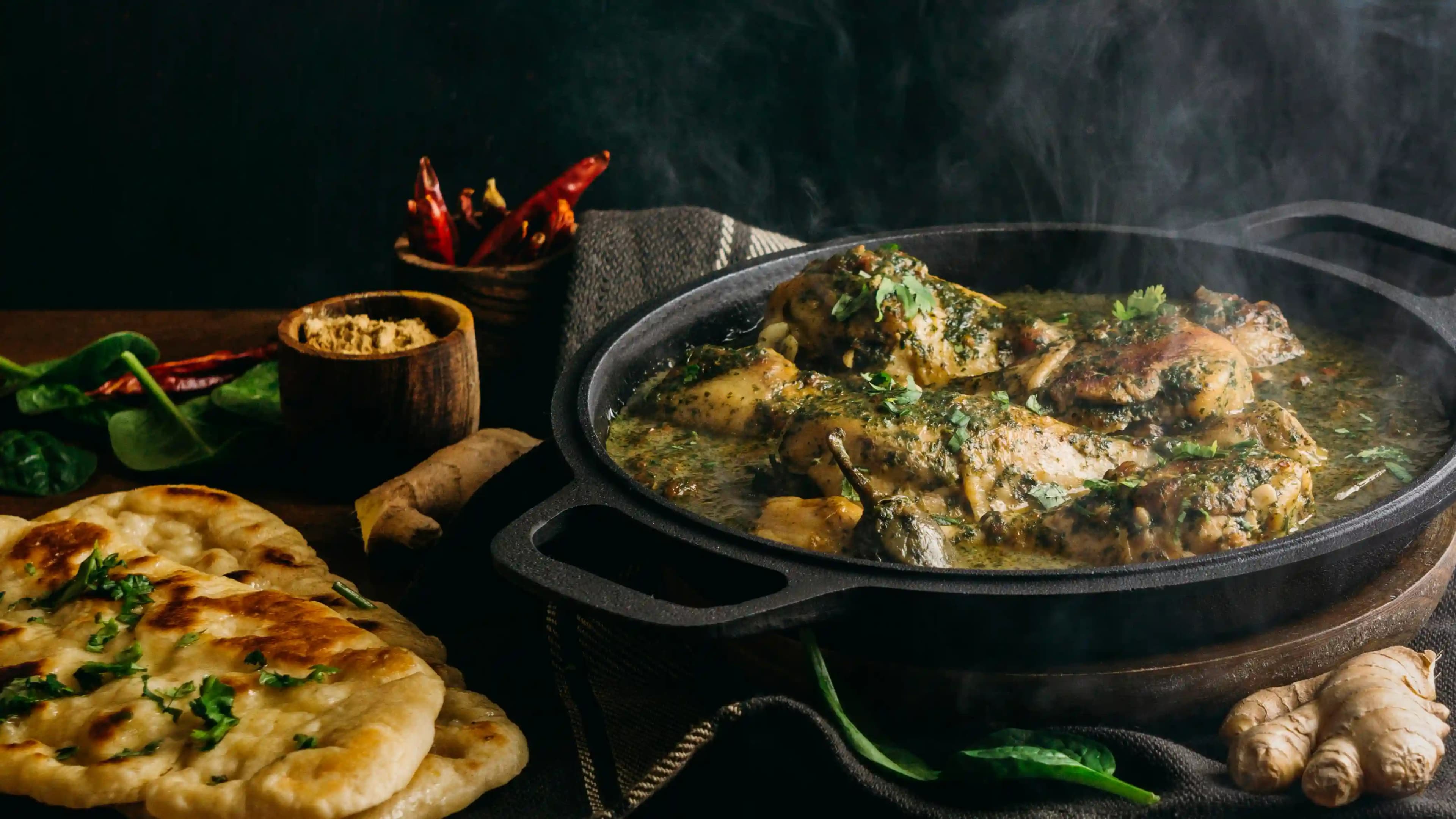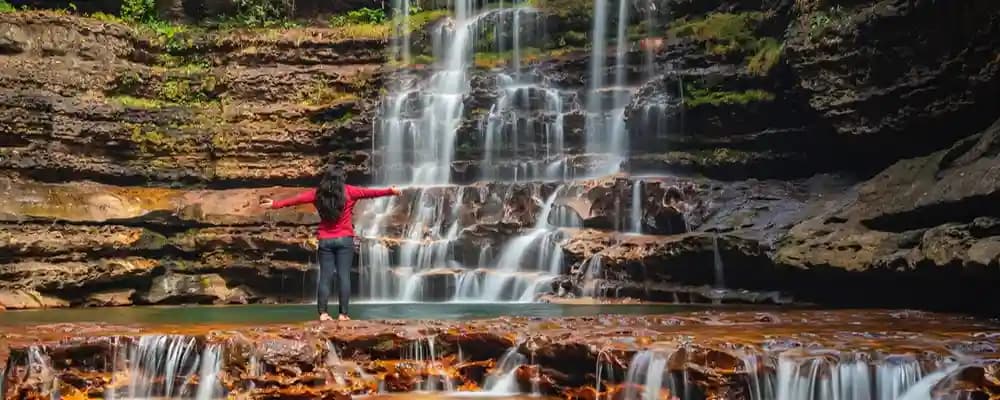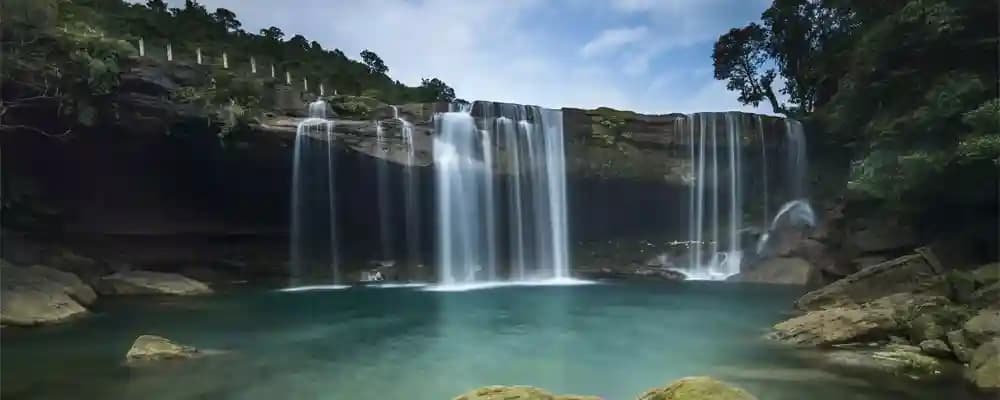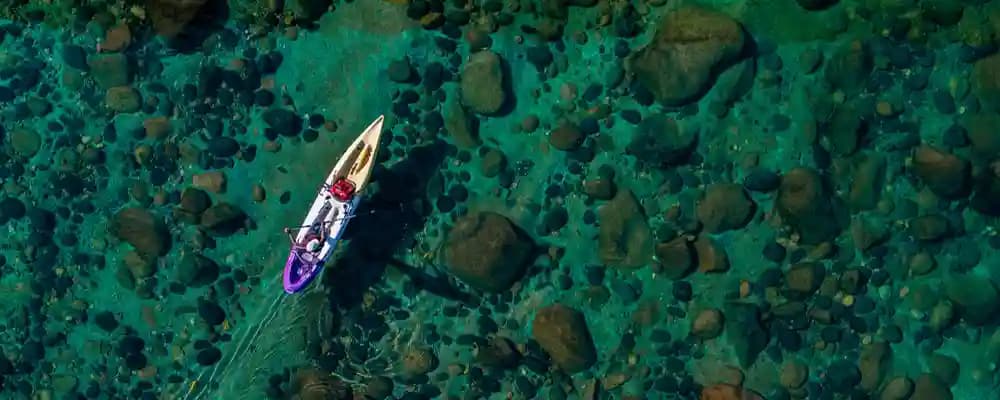Each museum has its own unique charm and story to tell. However, the Don Bosco Museum in Shillong, India, is more than simply a museum; it is a brilliant portal to the varied cultures and customs of Northeast India. Nestled in the tranquil hills of Meghalaya's capital city, this museum provides an immersive experience that takes you on a Meghalaya tour through the unique legacy of the region's eight northeastern states. If you're a history buff, a cultural fanatic, or simply curious, the Don Bosco Museum is a must-see location that offers an enlightening and enjoyable experience!
What Makes The Don Bosco Museum unique?
The Don Bosco Museum is a cultural explosion spanning seven levels and 17 galleries! Each level and gallery is filled with exhibitions of traditional clothes, artifacts, weaponry, musical instruments, agricultural implements, and art forms that depict the lifestyles, beliefs, and customs of Northeast India's indigenous tribes. The museum's architecture is striking, with its hexagonal form representing the region's cultural unity and variety.
The Don Bosco Museum stands out due to its interactive aspect. This is more than simply staring at artifacts behind glass cases; you may immerse yourself in the rich tapestry of civilizations by participating in the displays. From the moment you walk in, you'll be met with a bright rush of colors, noises, and tales that bring Northeast Indian culture to life. This experience is one of the must-visit tourist attractions in Meghalaya, offering a deeper connection to the region's heritage and traditions.
Explore the 7 Floors of Artistic Marvels
As you approach the museum, you are met by a lively environment inspired by the Northeast. Let's take a walk across the different floors to see what makes each one special.
1. Ground Floor: The Opening Gallery
Your trip begins here, with a taste of what's to come. The introduction gallery offers an overview of the Northeast's topography, climate, and prominent sites. Large maps, interactive panels, and informational exhibits let visitors learn about the region's unique geography and communities. This floor prepares the groundwork for a deeper exploration of the indigenous civilizations waiting to be revealed in the above stories.
2. The First Floor: Traditional Attire and Ornaments
The first level is a fashionista's dream! Mannequins clothed in several tribes' traditional clothes are seen here. Every item of clothing has a story, whether it's the beautiful silk mekhela chadors of Assam, the vivid shawls of Nagaland, or the delicate hand woven skirts of Mizoram. The museum also has a wonderful collection of decorations, such as necklaces, bangles, and headpieces made of beads, silver, ivory, and other materials. It's intriguing to watch how each town uses local materials to develop unique fashions that represent its cultural character.
3. Second Floor: Agriculture and Lifestyle
Northeast India has become known for its specific agricultural traditions, and this floor provides insight into the region's indigenous people's farming methods and lifestyle. The displays, which include bamboo and cane items, fishing nets, and rice cultivation implements, give insight into the tribes' daily existence. Models of traditional dwellings, complete with thatched roofs and bamboo walls, offer visitors an idea of how communities coexist with nature.
4. Third Floor: Weapons and Hunting Gear
If you're fascinated by the tribes' fighting skill, the third floor will pique your attention. This gallery features a collection of traditional weapons used by tribal warriors, such as spears, bows, and arrows. The displays show the workmanship involved in the creation of these weapons, as well as their importance in tribal ceremonies and combat. The hunting equipment on exhibit, like as traps and fishing gear, demonstrates the tribes' ability to utilize their natural environment.
5. Fourth Floor: Fine Art and Music
This is the place where you could discover a sense of the Northeast's artistic spirit. The fourth level features traditional art and music from the region. Beautiful sculptures and paintings reflect many tribes' tales, folklore, and religious beliefs. This gallery's centerpiece is its musical instruments, which include Nagaland log drums, Assam bamboo flutes, and Manipur string instruments. Many of these instruments are still utilized in festivals and rituals to celebrate the region's rich musical history. The gallery frequently plays traditional music, which enhances the immersion experience.
6. Fifth Floor: Religion & Spirituality
Northeast India is a melting pot of faiths and spiritual convictions, and this floor highlights its broad spectrum. The gallery exhibits the tribes' different religious practices, such as animism, shamanism, and the impact of Hinduism and Christianity. You will witness reconstructions of sacred settings, religious objects, and visual representations of rites and ceremonies. The floor also illuminates the roles of shamans, priests, and spiritual leaders in the society, making it an intriguing experience for people interested in the spiritual side of the tribes.
7. Sixth Floor: History and Ethnography
For history buffs, the sixth level is a goldmine of knowledge. This gallery explores the Northeast's historical progression from ancient times to the present. It includes archeological artifacts, historical records, and images that tell the region's history. The ethnography section delves further into the social structures, festivals, and rituals of traditional societies. This is an engaging experience with interactive kiosks and multimedia displays that provide a thorough picture of the Northeast's rich history and cultural variety.
8. Seventh Floor: Skywalk and Beyond
The seventh level is perhaps the best part of the museum tour. It has a Skywalk that provides a panoramic view of Shillong and the surrounding hills. Walking on the glass-floored Skywalk is a thrilling experience that gives tourists a bird's-eye perspective of the beautiful surroundings. This floor also has a part dedicated to the Don Bosco Society's purpose and operations, which highlight the organization's involvement with education and community development in Northeast India.
How To Reach Don Bosco Museum?
The Don Bosco Museum stands in Shillong's Mawlai neighborhood, approximately 3 kilometers from the city center. It is simple to get to through local taxis and buses. The museum is open Monday through Saturday, with specified visiting hours, so make sure to check ahead of time. The admission price is low, and guided tours are offered for individuals interested in learning more about the displays.
The museum also has a gift shop where you may buy handicrafts, traditional jewelry, literature, and other goods reflecting Northeast Indian culture. After your tour, visit the museum café to relax and enjoy some local foods.
Conclusion
The Don Bosco Museum showcases Northeast India's rich cultural legacy. It is a light of knowledge, preserving and displaying the traditions and lifestyles of the region's indigenous communities. From its interesting displays to the spectacular Skywalk, the museum provides an instructive and exciting experience. Among the many places to visit in Meghalaya, this museum stands out as a must-see for anyone interested in the region’s heritage and culture. So pack your luggage, bring your curiosity, and prepare to go on a cultural journey to the Don Bosco Museum, where each visit offers fresh discoveries and unforgettable experiences!
Frequently Asked Questions (FAQs)
Where is the Don Bosco Museum located?
The Don Bosco Museum is situated in the Mawlai district of Shillong, Meghalaya's capital city. It is around 3 kilometers from the city center and easily accessible by local taxis and buses.
What are the Don Bosco Museum's visiting hours?
The Don Bosco Museum is open Monday through Saturday. The regular visitation hours are 9:00 a.m. to 4:30 p.m. However, the most up-to-date information on visitation hours and any special closures may be found on the museum's official website or by calling them.
What might I expect to see at the Don Bosco Museum?
Visitors may visit a variety of displays reflecting the varied civilizations of Northeast India. This includes traditional clothing, jewelry, agricultural items, musical instruments, weaponry, religious objects, and so forth. The museum also has a Skywalk on the seventh level, which provides panoramic views of Shillong and its surrounding hills.
Is the Don Bosco Museum appropriate for children?
Yes, the Don Bosco Museum is highly family-friendly and appropriate for children. The museum's bright displays, interactive displays, and engaging multimedia presentations provide a fantastic educational experience for children. They may learn about different cultures, play musical instruments, and take part in a variety of cultural activities and seminars.
Is photography permitted inside the museum?
Photography is normally permitted within the Don Bosco Museum, however flash photography may be restricted in specific areas to protect the relics. It is essential to check with museum officials when you arrive to see if there are any special photography regulations.














